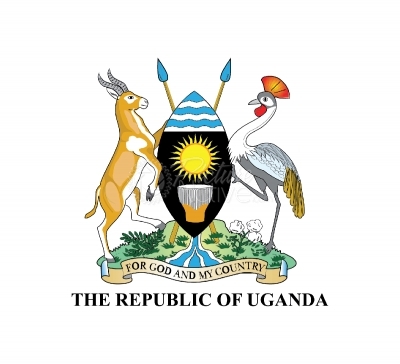2.2.4. Causes and Drivers of Trafficking in Persons in Uganda
There are a wide range of ‘push and pull’ factors that shape the vulnerability of particular individuals to trafficking, their experiences of exploitation, and their care and support needs after exiting trafficking. Key causes and drivers of trafficking in Uganda include: [1]
- Unemployment
- Poverty
- Fast growing population compared to natural resources
- Education systems that produce job seekers rather than job makers
- Existence of opportunities for low-skilled work abroad
- Hope for a better education abroad
- Burden of supporting big families
- Peer pressure to adventure, especially among youth
- Weaknesses in community structures
- High numbers of street connected children and families
- Belief in witchcraft
- Cultural and traditional practices encouraging child marriages and female genital mutilation
- Gender norms and discrimination
- Persistent rebel activities
- Porous borders
- Weak labour migration and child protection policies
- Vulnerability in refugee camps
- Demand for human body organs
- Demand for cheap labour
- Demand for commercial sex
- Internet communications technology
[1] Ministry of Internal Affairs, ‘National Action Plan for Prevention of Trafficking in Persons in Uganda 2019-2024’ (Republic of Uganda, July 2020), available here; Ministry of Internal Affairs, ‘National Referral Guidelines for Management of Victims of Trafficking in Uganda’ (Republic of Uganda, July 2020), p 3.








